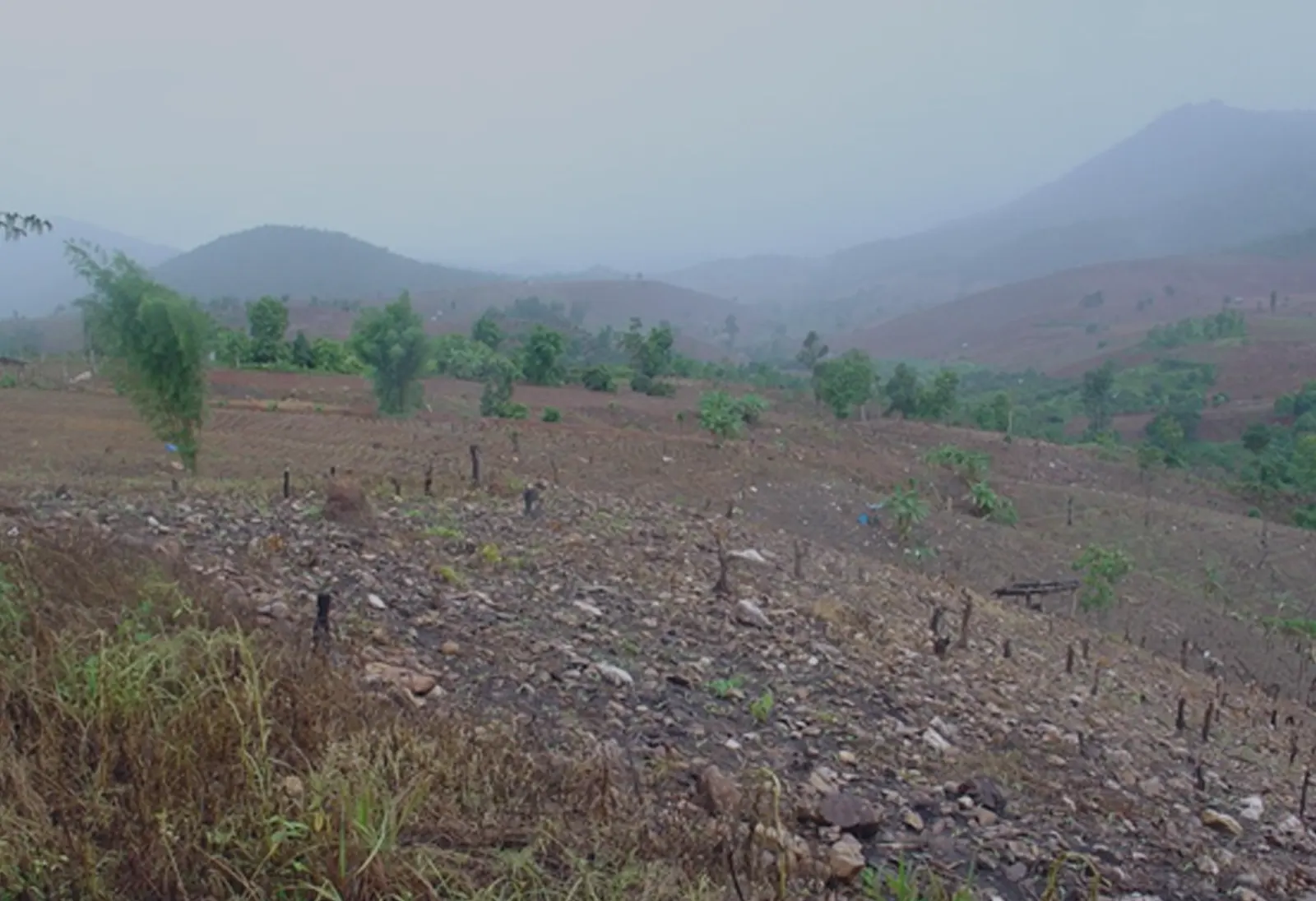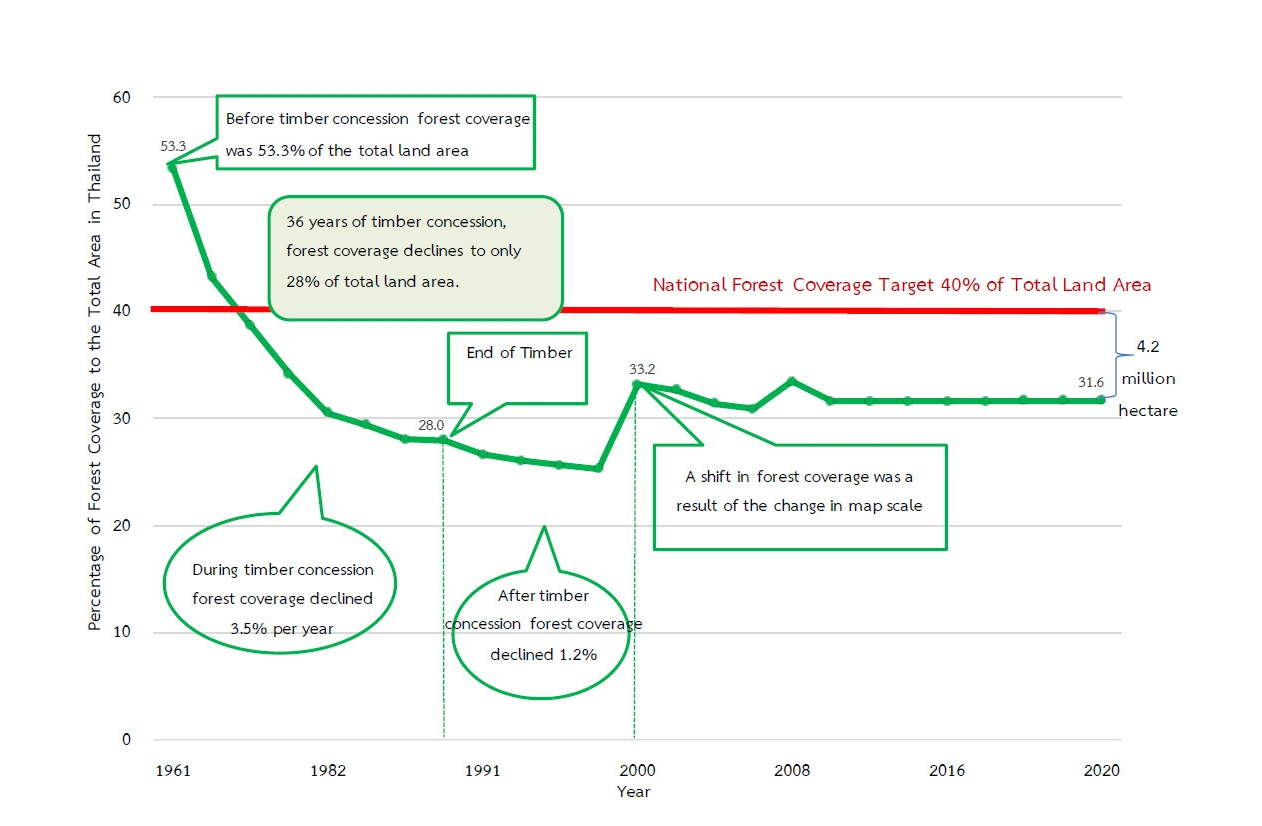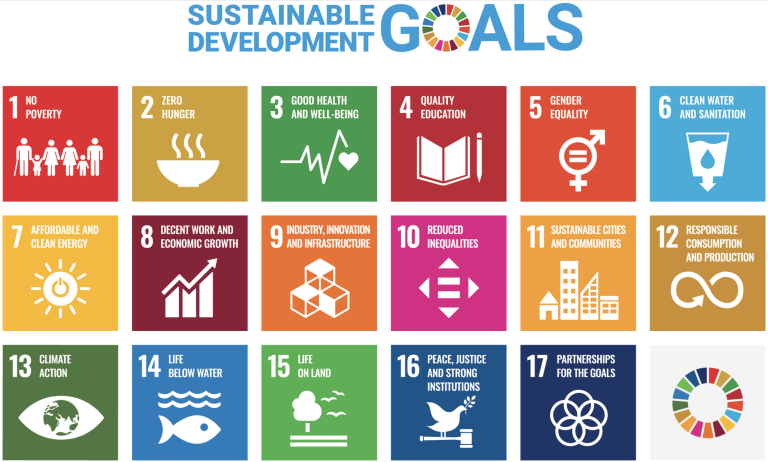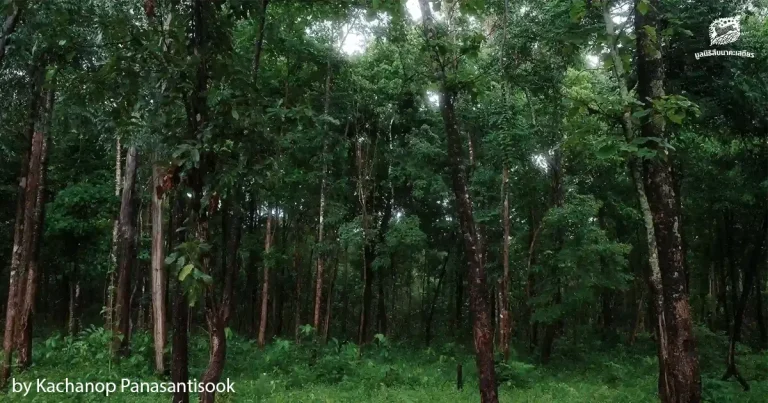Thailand’s forest management is in desperate need of a paradigm shift. The overwhelming pressure from illegal logging, mono-crop plantations, and human settlement in highland areas has hindered the government’s reforestation efforts. It is crucial to implement a powerful mechanism that can effectively counter these challenges and restore Thailand’s forest coverage.
The Forest Bond initiative introduces a potent economic mechanism by utilizing capital mobilization methods, such as bond issuance for forest plantation, to attract substantial investments. This approach aims to outweigh the detrimental impact of illegal logging, mono-crop plantations, and human settlement. The initiative is grounded in the belief that a well-designed and meticulously executed business model, focusing on capital mobilization through bond issuance and business profitability from timber and ecosystem services can drive a societal transformation towards sustainability.

Source: Photo by author.
The graph depicts the declining forest coverage in Thailand since the 1960s, attributed to forest concessions, illegal logging, commercial crop plantations, and human settlement in highland areas. The forest coverage stabilized around 2000 at approximately 31.6 percent of Thailand’s total land area, which is still significantly below the national forest coverage target of 40 percent. There have been no indications since 2000 that the Thailand government can reforest to achieve this goal. The Forest Bond initiative, which operates through capital mobilization and forest plantations, is Thailand’s only hope for restoring the lost forest area.

Forest coverage and forest coverage target for Thailand





